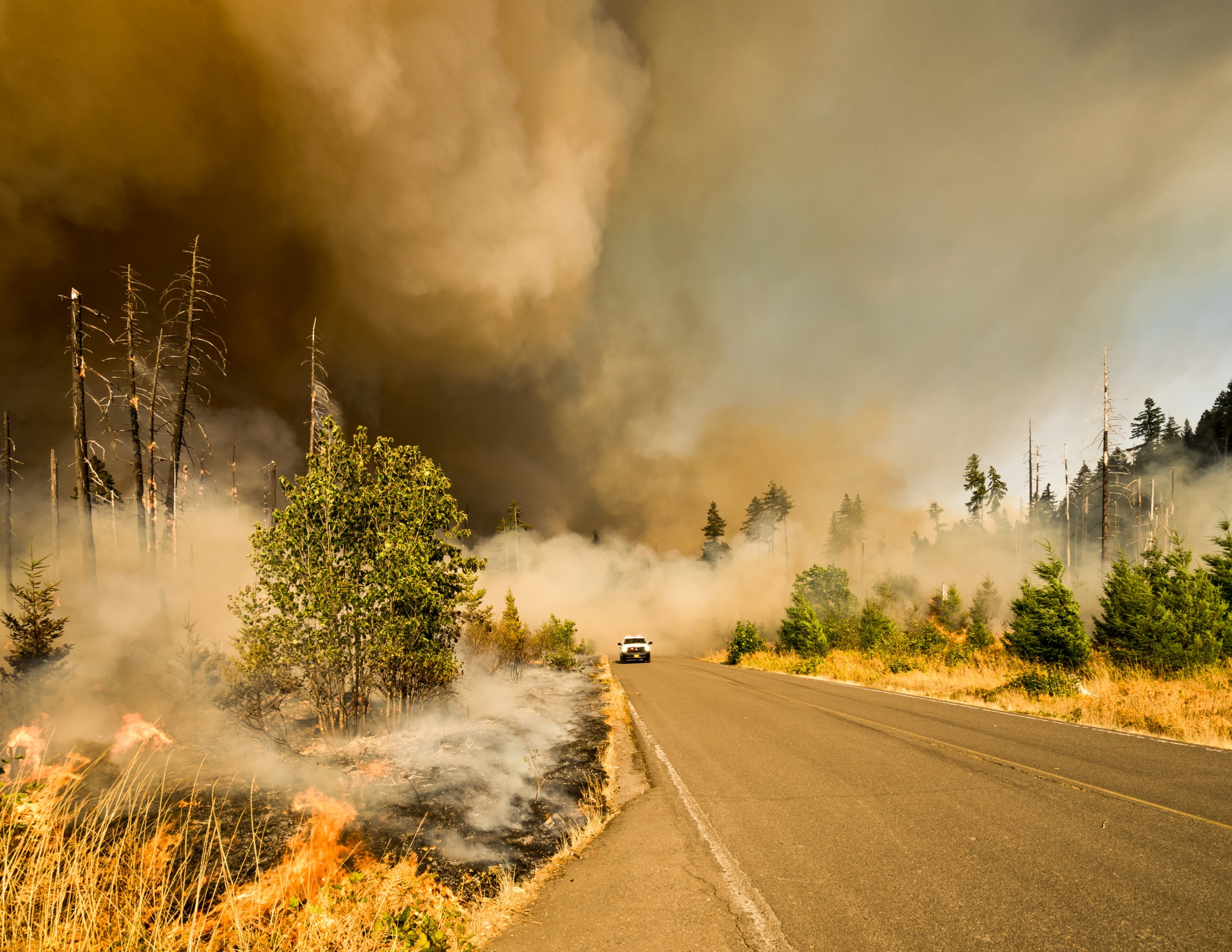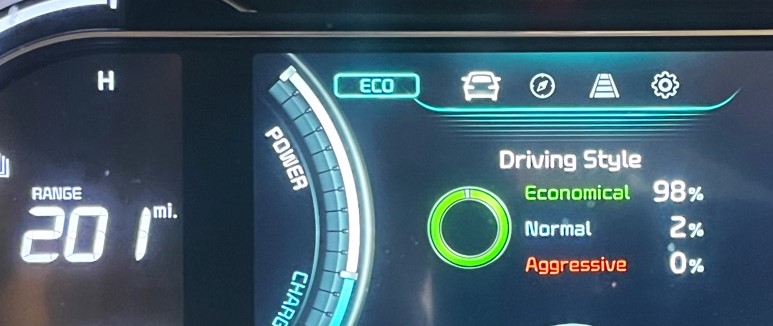
Summer on the Road
Going Farther on a Gallon of Gas
Our oil dependence risks our environment to disasters like oil spills, endangers our climate with the nearly 2 billion metric tons of global warming pollution each year, and threatens our families’ health. With prices in some areas hitting $4 per gallon once again, our oil consumption is also putting an incredible burden on American families’ finances. It’s time for us to break our dependence on oil. Recognizing this, the Obama administration is working to finalize standards for our cars and light trucks that would achieve 54.5 mpg by 2025--that would be the single biggest step we have ever taken to get off oil. A new report, Summer on the Road: Going Farther on a Gallon of Gas, demonstrates the enormous benefits we would see just from having these cleaner cars on the road during this summer driving season.
Environment Florida Research and Policy Center

As summer approaches, the dangers of our continued dependence on oil are apparent everywhere we look. In 2012, we have already experienced the hottest average temperatures ever recorded through April in the United States. At the same time, increasing evidence is still coming forth of long-lasting harm from the BP oil spill, and other tragic spills have occurred in waterways throughout the country since.
Our oil dependence risks our environment to disasters like oil spills, endangers our climate with the nearly 2 billion metric tons of global warming pollution from oil consumption each year, and threatens our families’ health. With prices in some areas hitting $4 per gallon once again, our oil consumption is also putting an incredible burden on American families’ finances. It’s time for us to break our dependence on oil.
The transportation sector accounts for nearly two-thirds of the nearly 19 million barrels of oil consumed each day in the United States. The largest percentage is consumed by passenger cars and light duty trucks such as SUVs, vans, and pickup trucks. Our greatest opportunity to cut America’s oil consumption is to set strong global warming pollution and fuel efficiency standards for our cars and trucks.
The summer travel season is the most popular time of the year for driving, which means it’s also when Americans most feel not just the environmental consequences of oil, but the economic pain at the pump. Americans are expected to spend more than $132 billion at the gas pump this summer.
American ingenuity has provided the technology to make our current vehicle fleet much cleaner and more fuel efficient. Automakers have developed plug-in hybrid cars that can travel 100 miles on a gallon of gas and U.S. auto dealers are selling electric cars that can go more than 200 miles on one charge. Meanwhile, numerous technologies are already being put to use to make conventional internal combustion engine vehicles more efficient. Recognizing this, the Obama administration is currently developing new fleet-wide fuel efficiency and global warming pollution standards for cars and light trucks through 2025.
If our cars and trucks today met the proposed 54.5 mpg standard, Americans would cut gasoline consumption by 16 billion gallons over the course of this summer, slashing global warming pollution by more than 146 million metric tons and saving consumers over $64 billion at the gas pump. The average American family would save $551 in just three months. Not only could families take road trips to their favorite summer destinations without worrying about the impacts of the gasoline they burn along the way, but they could book a hotel for a couple of extra days with the money they would be saving. While all 50 states would experience similar savings, California, Texas, Florida, New York, and North Carolina would see the largest overall reductions in gasoline consumption and global warming pollution. Meanwhile, individual families would be able to save the most gasoline—as well as the most money—in Wyoming, Mississippi, Montana, North Dakota and North Carolina.
The proposed standards build on the recently finalized light-duty standards for model years 2012-2016, which represented the largest increase in fuel economy in over 30 years and the first-ever global warming tailpipe pollution standards. These standards were first developed based on standards created by California and adopted by 13 other states: Arizona, Connecticut, Maine, Maryland, Massachusetts, New Hampshire, New Jersey, New Mexico, New York, Oregon, Pennsylvania, Vermont and Washington.
By requiring the average cars and light trucks to achieve a standard of at least 54.5 mpg miles per gallon by 2025, the administration’s new standards would yield major savings beyond just a single summer. The Natural Resources Defense Council projects that even beyond fuel efficiency standards currently in place, the new proposal will cut our oil consumption by 71.4 million gallons of oil per day by 2030. That’s as much we currently import from Saudi Arabia and Iraq combined. And that also means cutting 297 million metric tons of carbon pollution for each full year by 2030—the equivalent of the pollution pumped out by 76 coal-fired power plants. Finalizing these standards will be a resounding victory for American families, dramatically reducing oil consumption, cutting pollution, and yielding cost savings at the pump—not just for one summer, but for years to come.
America has the workforce and the technology ready to build cleaner, more fuel efficient cars that help break our dangerous dependence on oil. We only require our leaders to put American ingenuity to work to move us beyond oil. The Obama administration should move clean cars into the fast lane by setting standards that require new cars and light trucks to meet a standard of 54.5 miles per gallon by 2025.
Topics
Find Out More


Carbon dioxide removal: The right thing at the wrong time?

Fact file: Computing is using more energy than ever.


